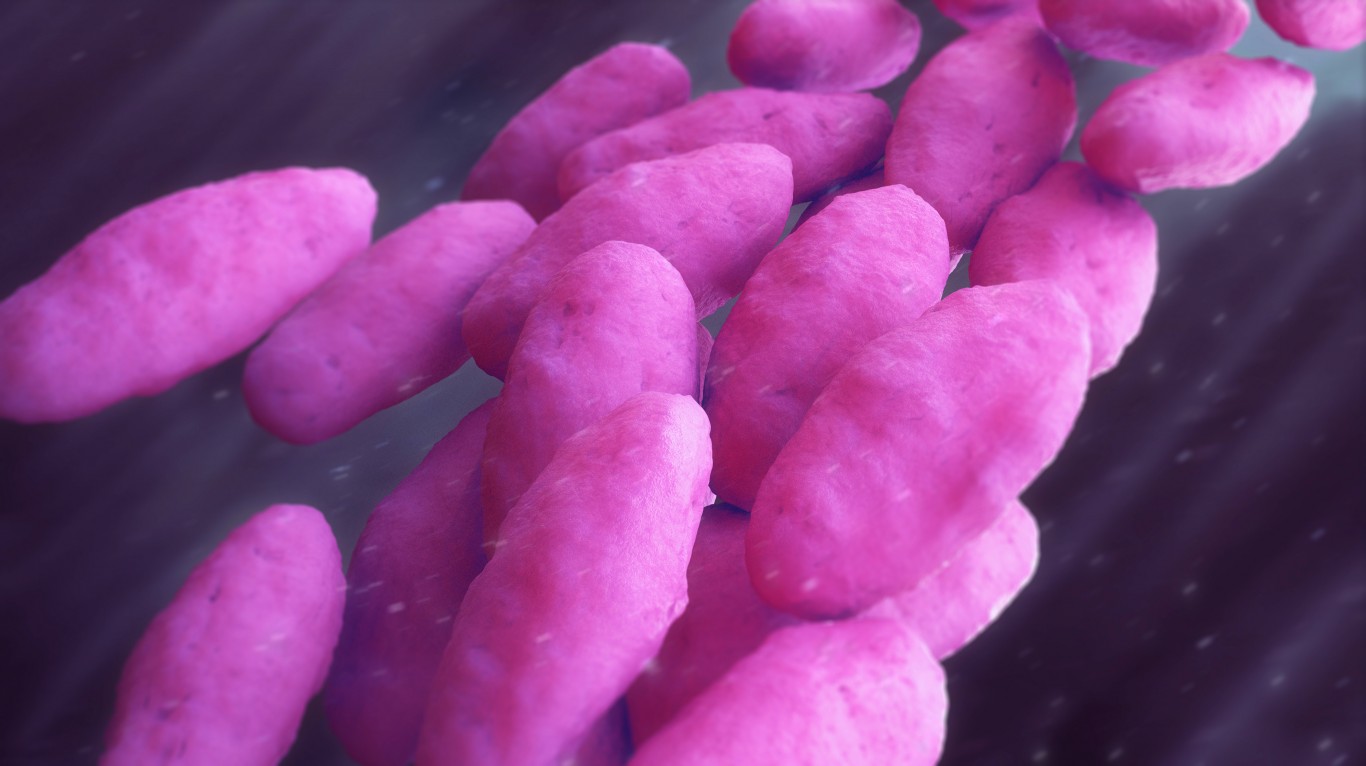More than 2.8 million antibiotic-resistant infections occur in the United States each year, and more than 35,000 people die as a result, according to the latest report from the U.S. Centers for Disease Control and Prevention (CDC). These infections occur when germs (bacteria or fungi, but not viruses) develop the ability to overcome the drugs designed to kill them.
Penicillin, the world’s first antibiotic, was released in 1943. By 1967, the first penicillin-resistant disease, Streptococcus pneumoniae, was identified. Fluconazole, a treatment for yeast infections, was approved for use by the U.S. Food and Drug Administration in 1990. The first fluconazole-resistant bacteria was identified in 1988.
The threats posed by antibiotic-resistant germs may not be stoppable, but they are controllable. The CDC Identifies three ways to combat these infections: 1) prevent infections from occurring, 2) slow the development of resistance by improving the use of antibiotics, and 3) stop the spread of resistance when it does develop.
To prevent resistant infections from spreading, the CDC recommends that U.S. health care facilities adopt strategies (like hand-washing) to decrease the ability of infections to spread. Other preventative measures include vaccinations, implementing biosecurity actions on farms and responding rapidly to unusual germs and genes when they first appear.
The new CDC report focuses on one antibiotic-resistant germ, Clostridioides difficile (C. diff), that sickened 223,900 Americans in 2017 and caused the deaths of at least 12,800. People over the age of 65 who take antibiotics and receive medical care, people who stay in hospitals and nursing homes for long periods and people with weakened immune systems are particularly vulnerable to C. diff, which causes life-threatening diarrhea.
Antibiotics used to treat human patients, animals and agricultural products “should be used only when necessary and only for appropriate durations,” the CDC said. The agency estimates that U.S. doctors prescribe about 47 million courses of antibiotics annually for infections that don’t require antibiotics. That’s about 30% of all antibiotic treatments prescribed in the nation’s doctors’ offices and emergency rooms.
When antibiotics are used repeatedly to kill bacteria, those bacteria eventually adapt, rendering the antibiotics less effective. Each year around 23,000 people in the United States and 700,000 globally die due to antibiotic-resistant bacteria. Antibiotics are commonly used even in foods, too — this is everything you need ti know about antibiotics in foods.
In addition to C. diff, the CDC has listed four other antibiotic-resistant germs as urgent threats.
Carbapenem-resistant Acinetobacter causes pneumonia and wound, bloodstream and urinary tract infections, primarily in people who have received care in a health care facility. In 2017, CDC estimated a total of 8,500 cases and 700 deaths from this germ.
Candida auris is an emerging multi-drug-resistant yeast that causes severe infections and spreads easily in hospitals and nursing homes. The CDC identified 323 cases in 2018.
Carbapenem-resistant Enterobacteriaceae, also called the nightmare bacteria, is a “major concern for patients in healthcare facilities” because it is resistant to nearly all antibiotics. The CDC estimated 13,100 cases in hospitalized patients and 1,100 deaths.
Neisseria gonorrhoeae is a sexually transmitted disease that can result in ectopic pregnancy and infertility and may increase the risk of getting or giving HIV. The CDC estimated 550,000 cases of this disease every year.
CDC lists 11 other antibiotic-resistant threats as “serious” and two more as “concerning.” As CDC director Dr. Robert Redfield said in his foreword to the new report, “Preventing infections protects everyone. Improving antibiotic use in people and animals slows the threat and helps preserve today’s drugs and those yet to come. Detecting threats and implementing interventions to keep germs from becoming widespread saves lives. These actions are protecting us today and will continue to protect us, our families, and our nation from a threat that will never stop.” Prescribing them, as well as other meds for common ailments — is a double-edged sword of risk and reward — these are the most dangerous drugs in the world.
